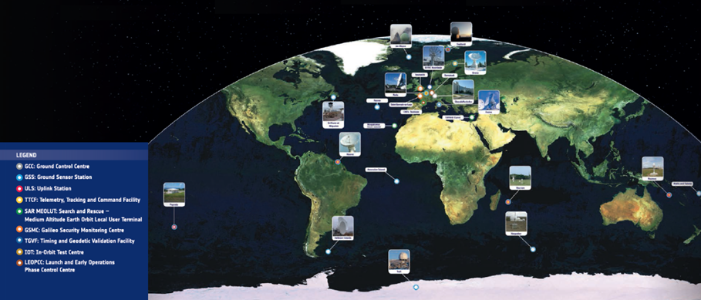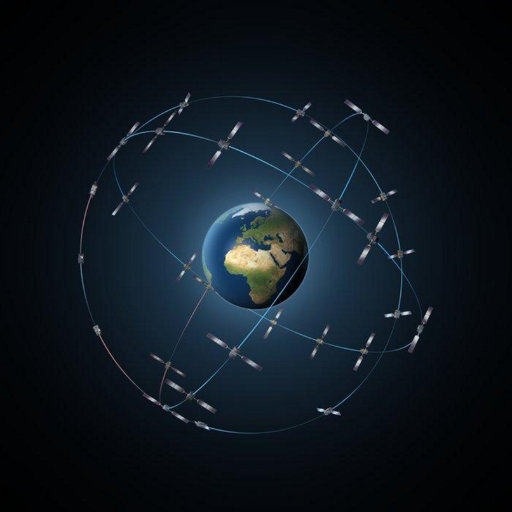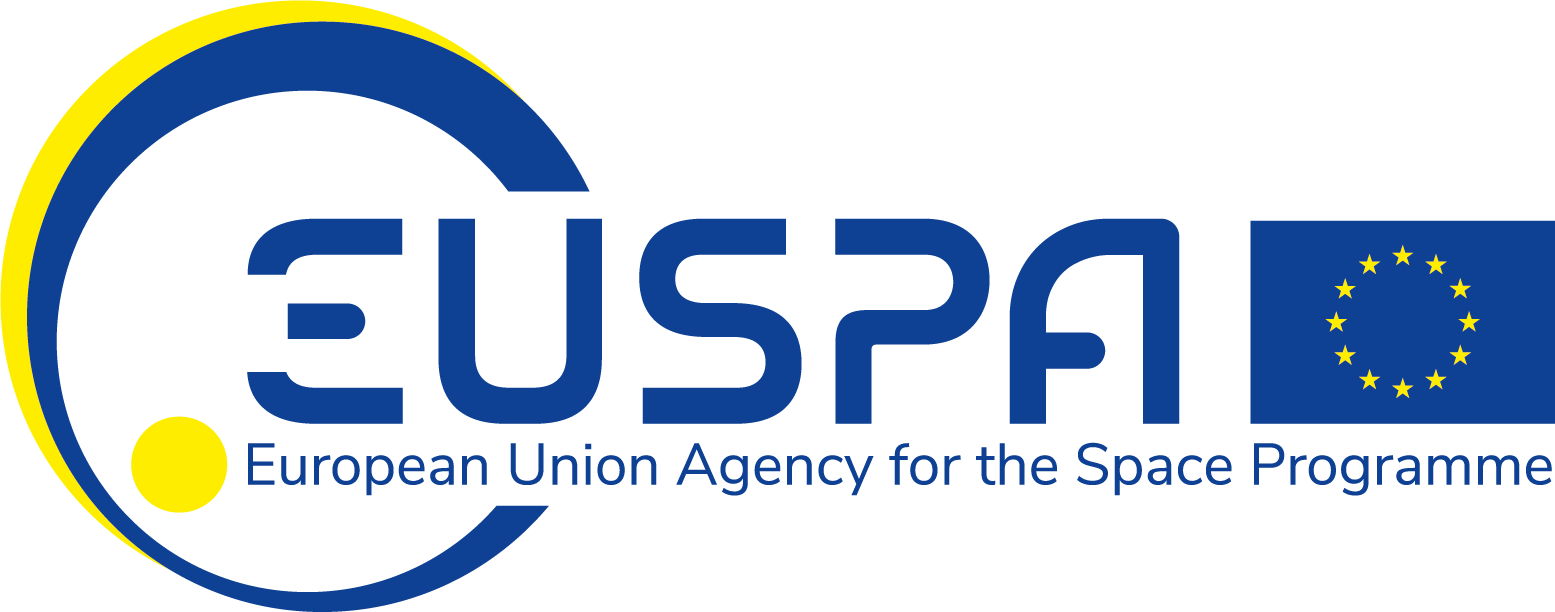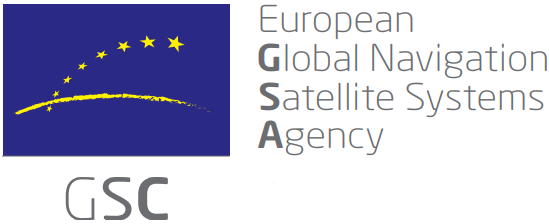PRS and Galileo
Galileo is a Global Navigation Satellite System (GNSS) developed by the European Union that provides navigation services: positioning and time.
The Galileo program has a strategic importance for the independence of the European Union from the technical point of view since, up to now, any user that needed to know positioning data had to make use of services such as GPS or GLONASS, being those systems under the control of third countries. It also represents a strategic importance from the economic point of view, since it is estimated that the market for equipment and services that Galileo can provide will exceed € 10,000 million per year and will involve the creation of numerous highly qualified jobs.
Galileo is a civil system under the control of the institutions of the European Union.

The Galileo system will provide this functionality through a series of global services designed to cover all the needs of users with regard to geopositioning, from individuals to global or governmental markets:
- Open Service (OS): It is a free service for the user that provides positioning information and time. It is a service designed for a large-scale consumer market.
- High Accuracy Service (HAS): Service complementary to the Open Service that provides an additional navigation signal and value-added services in a different frequency band. The signal can be encrypted to control access to Galileo High Accuracy Service.
- Public Regulated Service (PRS): Service restricted to authorized government users, for sensitive applications that require a high level of continuity in the service.
- Search and Rescue Service (SAR): Europe's contribution to the COSPAS-SARSAT system, a search and rescue distress alert detection system.

The Galileo system consists of the following segments:
- Space Segment: Consist of a constellation of 30 satellites, of which 24 will be operational and 6 will be a backup. The satellites are located in an intermediate circular orbit (MEO), at an approximate altitude of 23,222 km, completing an orbit to Earth every 14 hours. The satellites are located in 3 orbital planes with 56 degrees of inclination with respect to the equatorial plane and will provide coverage even in the polar regions.
- Ground Segment: In order to monitor the satellites and ensure the reliability of the positioning and time information, a global terrestrial network is needed. The main infrastructure of the Ground Segment includes measurement stations distributed throughout the planet, two Control Centers, stations for transmitting information to satellites and monitoring stations, telemetry and remote control (TT & C). This Ground Segment is divided into a Ground Control Segment and a Mission Control Segment:
- Ground Control Segment: It is responsible for the control and management of the satellite constellation, providing the TT & C function.
- Mission Control Segment: Guarantees Galileo's performance by periodically checking each satellite and generating a correction message for any orbital or temporal deviation.
- User Services Segment: elements located outside the basic Galileo infrastructure for the provision of services: GNSS Service Centre (GSC), Geodetic Reference Service Provider (GRSP), Time Server Provider (TSP) and Galileo Monitoring Security Centre (GSMC), Galileo Reference Centre (GRC) and Competent PRS Authorities (CPAs).



